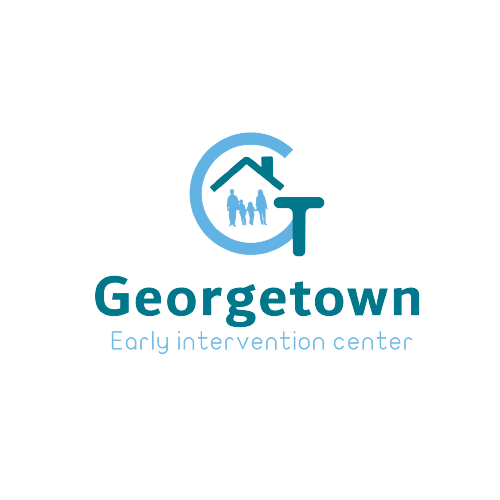Take notes…welcome to ABA lingo 101
- ASD: Autism Spectrum Disorder is the preferred term used for people with autism. This includes all people on the spectrum.
- ABA: The therapy treatment plan based on, a) understanding the child. b) determine how a child’s action is influenced by the environment. c) Teach a child to reduce negative behavior and practice positive ones.
- Baseline: A baseline represents a child’s behaviors and habits before therapy begins to start gathering data.
- Prompt: Most of ABA therapy is teaching the child to carry out tasks through placed prompts.
- It causes a behavior. Behavior: the way the child reacts to the prompt is called the behavior. Behaviors can include: – Verbalizing-laugh, cry, scream. – Mimicking- Imitate what’s shown or instructed. – Defiance – resist or throw a tantrum – Mastery – complete the task successfully – Lack of behavior – zero reaction to the prompt.
- BCaBA: Board Certified assistant Behavior Analysis a trained professional in ABA, a senior Aba therapist.
- BCBA: This person has a Master’s degree in behavior analysis and who have passed the board exam BCBA stand for board certified behavior Analysis
- Intervention: A change in the environment, treatment plan, or instructions to change the child’s behavior.
- Extinction: When a child masters a skill and no longer needs reinforcers to complete the task.
- Deprivation: Withholding access to something that the child likes so that the child wants it more and then will carry through a task in order to earn it.
- Functional Behavior Assessment: An assessment where experts learn why a child behaves in a certain way. Our therapists use these four steps: a)Define the behavior. b) Gather information. c) developing an assumption based on research about the cause. d) Make a new plan to change the behavior.
- Reinforcers: A reward for positive behavior brings forth more positive behaviors. Reinforcers are used to encourage the child to perform good behaviors.


